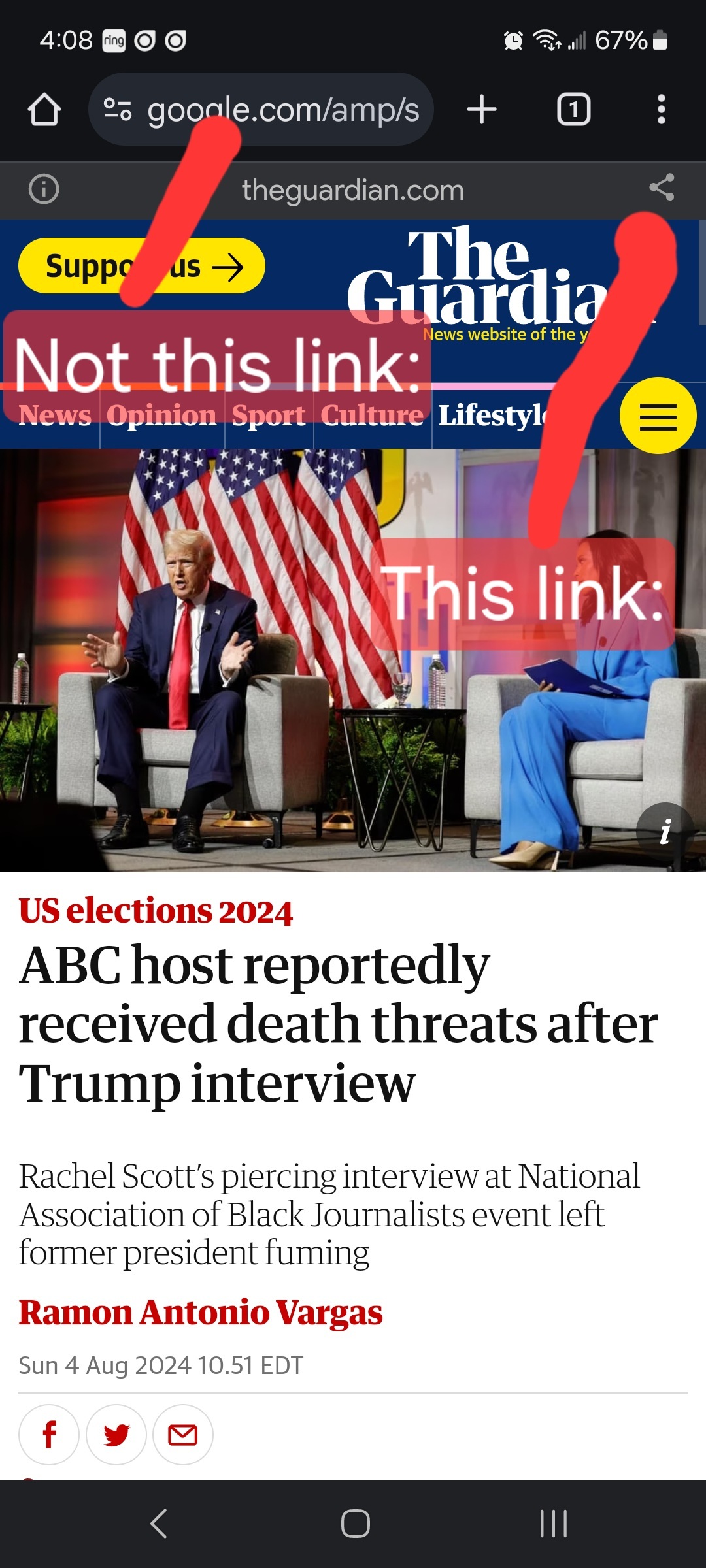view the rest of the comments
politics
Welcome to the discussion of US Politics!
Rules:
- Post only links to articles, Title must fairly describe link contents. If your title differs from the site’s, it should only be to add context or be more descriptive. Do not post entire articles in the body or in the comments.
Links must be to the original source, not an aggregator like Google Amp, MSN, or Yahoo.
Example:

- Articles must be relevant to politics. Links must be to quality and original content. Articles should be worth reading. Clickbait, stub articles, and rehosted or stolen content are not allowed. Check your source for Reliability and Bias here.
- Be civil, No violations of TOS. It’s OK to say the subject of an article is behaving like a (pejorative, pejorative). It’s NOT OK to say another USER is (pejorative). Strong language is fine, just not directed at other members. Engage in good-faith and with respect! This includes accusing another user of being a bot or paid actor. Trolling is uncivil and is grounds for removal and/or a community ban.
- No memes, trolling, or low-effort comments. Reposts, misinformation, off-topic, trolling, or offensive. Similarly, if you see posts along these lines, do not engage. Report them, block them, and live a happier life than they do. We see too many slapfights that boil down to "Mom! He's bugging me!" and "I'm not touching you!" Going forward, slapfights will result in removed comments and temp bans to cool off.
- Vote based on comment quality, not agreement. This community aims to foster discussion; please reward people for putting effort into articulating their viewpoint, even if you disagree with it.
- No hate speech, slurs, celebrating death, advocating violence, or abusive language. This will result in a ban. Usernames containing racist, or inappropriate slurs will be banned without warning
We ask that the users report any comment or post that violate the rules, to use critical thinking when reading, posting or commenting. Users that post off-topic spam, advocate violence, have multiple comments or posts removed, weaponize reports or violate the code of conduct will be banned.
All posts and comments will be reviewed on a case-by-case basis. This means that some content that violates the rules may be allowed, while other content that does not violate the rules may be removed. The moderators retain the right to remove any content and ban users.
That's all the rules!
Civic Links
• Congressional Awards Program
• Library of Congress Legislative Resources
• U.S. House of Representatives
Partnered Communities:
• News
You would rank them once.
If we were taking the top 5 candidates in a FPTP election, once a candidate receives 16.66% of the vote they would be guaranteed to get a seat because it's impossible for 5 other candidates to also have at least 16.66% of the vote. So the election threshold in this election is 16.66%. In general when selecting n winners, it is 1 / (n+1).
The scoring takes place in rounds and every round either a candidate will earn a seat or a candidate will be removed (votes can be reallocated to them in later rounds so they're not permanently out).
When a candidate exceeds the election threshold they win a seat and their excess votes are then redistributed to the other candidates. Suppose Rep1 wins the first round by 1 million votes over the election threshold. Their excess votes are redistributed based on what the voters' next preferred candidate is. E.g. Of the voters who voted for Rep1, 70% had Rep2 as their next choice and 30% had Rep3 as their next choice. So Rep2 earns 700,000 votes and Rep3 earns 300,000 votes. Then the next round of scoring begins.
If no candidate reaches the election threshold that round, the votes from the lowest scoring candidate are eliminated and their votes are redistributed based on the voters' next choice similar to how the excess votes from a winner are redistributed (except now it's 100% of their votes). Then onto the next round.
If we assume that everyone votes down party lines, then every time votes are redistributed (whether because a seat was won or because a candidate was eliminated that round) the votes would only be redistributed to someone of their same party. If Democrats have 33% of the vote, then when a Republican wins a seat the excess votes just get redistributed to other Republicans. When a Democrat candidate is removed from a round their votes just go to the next Democrat candidates. The Republicans aren't taking away any of the Democrats' slice of the pie. Inside that blue slice there might be several rounds of shuffling votes around until one of them reaches the election threshold but none of the Democrat votes would ever get redistributed to the Republicans.
The biggest problem with ranked choice voting is that it always takes several paragraphs of explanation. Its like someone explaining a board game. .at some point, let's just play and we'll figure it out.
It takes explaining to understand exactly how it gives us better results, but the rules for the "players" are simple, just pick your first preference, second preference, and so on for all candidates. Probably simpler than tic tac toe.
Also I learned how ranked choice voting works from a 2-3 minute youtube video, and it was explained in a way that middle schoolers could understand.